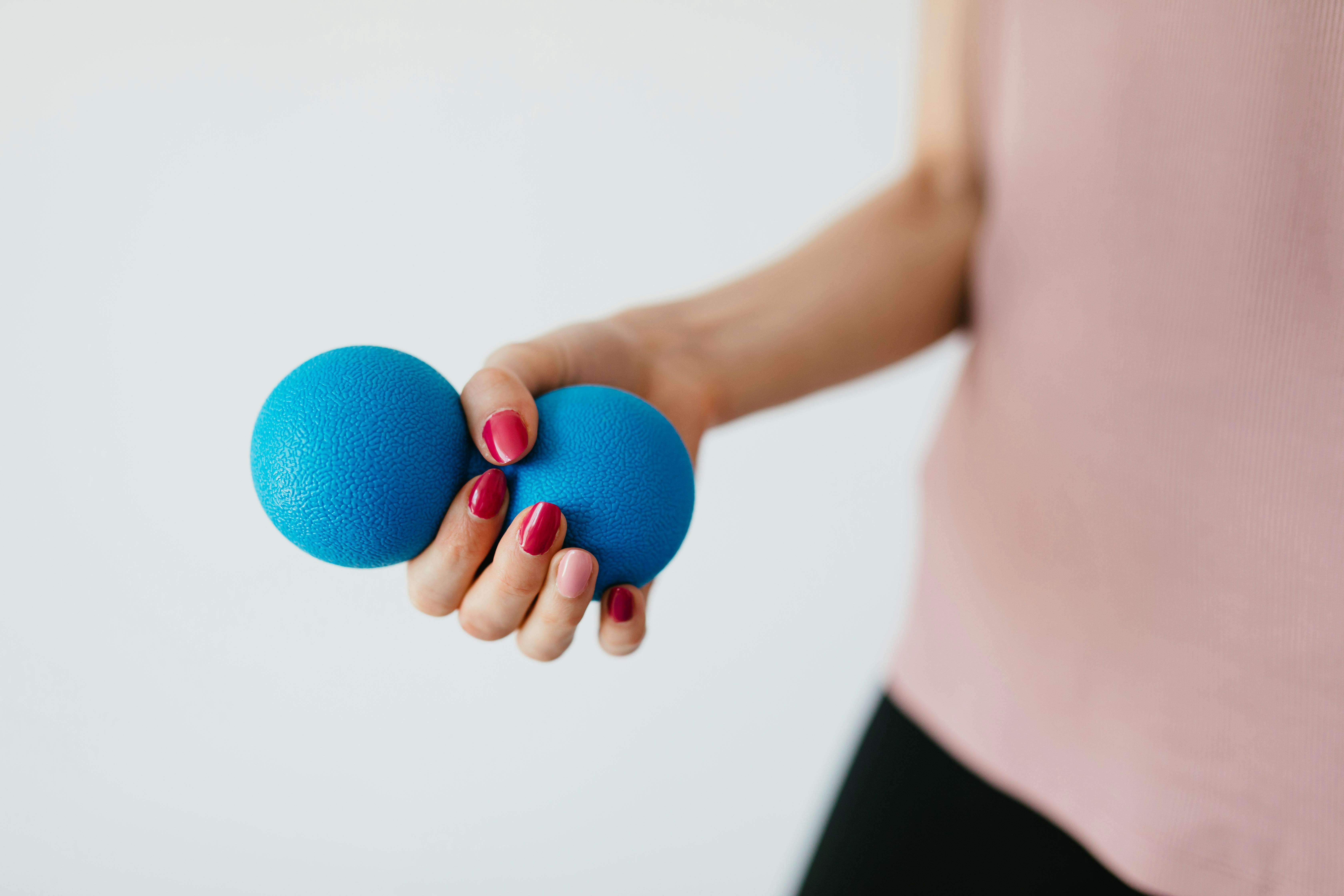What should a dedicated future dancer wear for daily foot support? Today there are attractive sports shoes in all shapes, widths and colors. The expensive types of constructed soles are not necessarily the best. The sprung heel guy looks like he would feel great walking on concrete all day or in the hard stone hallways of a high school. But they may not be the best for developing feet and legs. I have seen that even the youngest dancers think like career builders and pay attention to professional issues like everyday footwear.
Joyce Morgenroth says in her Arts & Sciences Newsletter Fall 1997 Vol. 18 No. 2 article
“In pointe shoes, the vulgar and useful foot is gone. In its place is the illusion of an elongated leg and only a very tenuous connection to the ground.”
So how do we take care of our “vulgar and useful foot”? When I was a ballet student at the National Ballet School of Canada, we wore “vulgar and useful” shoes, by uniform mandate: oxfords! Yuck! Although I have to admit that when I tied mine after a ballet class, my feet, ankles, and calves were really supported and relaxed. Those shoes were just as important as our dance clothes.
Regarding modern athletic shoes, I read a few passages from Stu Mittleman’s “Slow Burn”. (I had ordered “Slow Burn” with the intention of getting the Frederick Hahn and Eades & Eades book. I received the Stu Mittleman book “by mistake” and then ordered the other one as well). Both are fantastic books with many of the best details.
Page 77, the chapter “Always buy a tight shoe, not a shoe size”, is a long chapter with interesting stories and great information. Stu is a broker and his information frame is for brokers. However, a professional dancer or dance student can get some good advice from him. On page 84 it says:
“The most important considerations to keep in mind when it comes to the structure and function of your foot have to do with the following:
bow type
tilt pattern
foot strike “
Stu’s details in the shoe selection that follow that passage resemble the minutiae that dancers tend to to get exactly the right fit in ballet flats and pointe shoes. I suggest that dance students get the book from their local library and review this section, and consider the selection of shoes they wear on a daily basis. Party shoes aside, I think you want to support your supporting feet. All day.
In ballet classes, it is essential to relax between exercises. In life it is essential to relax between classes. Browse and find the best shoe for your arch type, camber pattern, and tread.
He used to work with Peter Walpole, DPM, who assisted both the National Ballet School and the National Ballet Company of Canada for many years. He used to say “High heels and pointe shoes should be prohibited by the Geneva Convention.” He showed up with bags of gadgets, bandages (toe separators), and other creative things to ease the pain. He performed many surgeries on our shoes.
And now, I’d love to hear from each and every podiatrist who works with ballerinas, ballet flats, and pointe shoes, if they want to be known!
Peter Walpole provided the most wonderful braces. They were rebuildable, until they wore out. He would despair over expensive shoes and tell his patients “tear off the insoles and supports, one size fits no one” … I was glad to see that Stu Mittleman agreed. Discuss orthotics in detail.
Stu analyzes available athletic shoes for the incline pattern. In ballet we say ‘rolling ankles’, ‘fallen arches’ or ‘flat feet’. It simply means that the inner ankles roll toward the floor, pronation, and the opposite, the outer ankles roll toward the floor, supination. Sneakers of different shapes will give you the necessary support.
The footprint is less important for dancers, but very important for runners.
Stu also talks about muscle testing. Chiropractors, kiniesiologists, naturopaths, acupuncturists, some nutritionists, many can perform muscle tests. This includes adequate support for the footwear. If you have a doctor who could do this for you, buy your shoes and take them to your doctor for a muscle test. If they don’t support you, you can return them. They can try on all your shoes that way and they might not thank me when they see you walk into their office with huge shoe bags, sandals, high heels …
Joyce Morgenroth’s article has many historical details, is excellent read, and can be found at http://www.arts.cornell.edu/newsletr/spring97/shoes.htm
If your feet hurt day after day, you’ll be happy to find the exact style and fit of street shoes to wear between classes. That way you will get the most out of your ballet shoes and tips.
